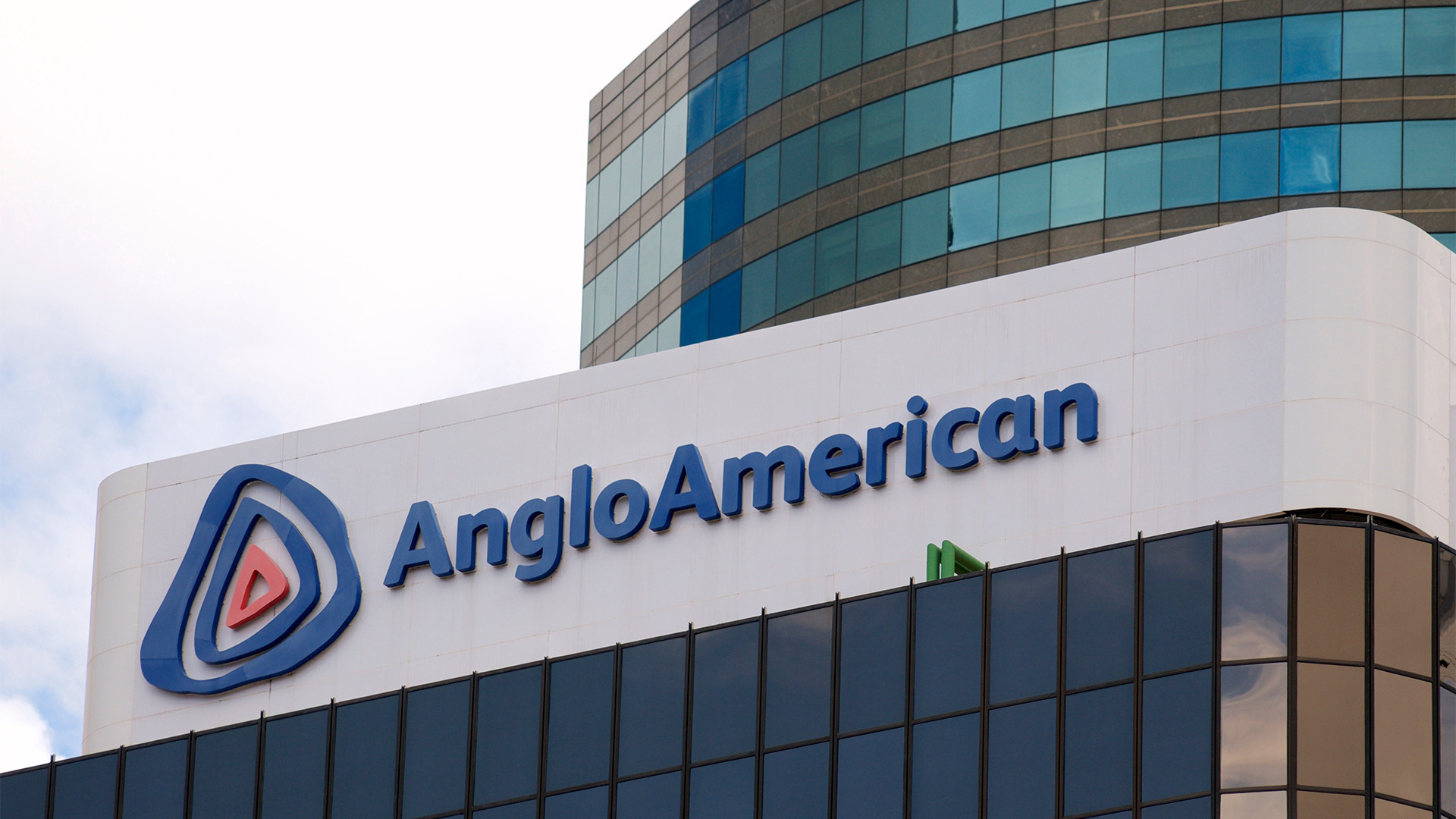No one found much good in the Westfield full year result, except that the company returned to profit in the second half.
But that was due to the performance in its shopping malls in Australia and NZ, especially the 44 malls on this country, and of course, the efforts of retailers in these centres and consumers.
The performance from the US and UK, where the majority of the business is now located (and the UK is where the expansion plans were the most ambitious), found it tough and did it tough, despite Westfield’s attempts to spin the figures.
Westfield reported a full year loss of $458 million, hit by lower property valuations in the first half.

Westfield had a first half loss of $708 million after a profit of $250 million in the December half year.
The net loss for the 12 months to December 31 was up sharply from the $2.2 billion loss in 2008.
The losses were all due to savage cuts in the value of malls in the US and the UK, as well as losses in some malls because of falling patronage and sales.
Westfield shares jumped to $12.05 in early trading after the result was released then fell more than 2% yesterday to around $11.65.
They then recovered in later trading on bargain hunting to end down 1.4% at $11.75.
A long mooted cut in distribution didn’t help.
Like other trusts and infrastructure groups, Westfield has found conservative financial management and will now only pay shareholders out of operating earnings and not out of income and borrowings.
As a result the hedging of the group’s offshore income to achieve the desired distribution (94c a security for 2009) will end.
Next year Westfield says the distribution will be 64c a security, meaning the securities will weaken to reflect the lower income, or trade at a higher multiple (but one not justified by the still difficult trading conditions in the US and UK).
“The change in the distribution payout level will enable the Group to retain approximately $500 million per annum. This will be deployed in the Group’s future investment activities including strategic developments, which have target long term investment returns of between 12% – 15%, and any acquisition opportunities”, Co CEO, Peter Lowy said.
"The Group will no longer continue to hedge its net foreign denominated earnings."
Apart from the comments on the distribution and hedging, there was nothing meaningful said about 2010.
The most pertinent comment was:
"The Group’s position is underpinned by its high quality portfolio of 119 shopping centres across Australia, the United States, the United Kingdom and New Zealand, delivering resilient cashflow and benefitting from the sustained investment in the portfolio through redevelopment activity over recent years.
"The Group continues to focus on maintaining balance sheet strength and the allocation of its capital to generate long term returns."
It could have been written a year ago.
Westfield is the world’s largest shopping centre owner by value and is the bellwether for retail investors across the United Kingdom, Australia, the United States and New Zealand.
But that could change because Tuesday a US rival, Taubman, launched a $US10 billion offer for General growth Properties, the second biggest mall operator in the US, which collapsed into bankruptcy last year.
General growth rejected the approach and said it would now seek other buyers. Given the state of the markets, that will be an act of faith.
Adding to the concern among shareholders and the weakness in the market was the absence of any 2010 financial year earnings guidance.
The weakness in the US, where net operating income was a negative 3.9%, surprised some and was supported by the performance in Australia and New Zealand which saw a 5.9% jump in net operating income.
"For the year, comparable shopping centre net operating income for the portfolio grew by 1.6%, with the Australian and New Zealand portfolios growing by 5.9%, the United States portfolio declining 3.9% and the United Kingdom portfolio declining 4.2%.
"The 44 malls in Australia are almost fully leased (99.5%), US, and UK malls (the rest of the 119) had lower levels: America was around 93%.
"For 2009, comparable specialty retail sales for the Group’s centres in Australia grew by 3.3%; in New Zealand by 0.4% and in the United States declined by 9.5%.
"In the United Kingdom, industry statistics show comparable retail sales for 2009 were up 1.5% nationally with London growing by 5.2%."
But that’s the fudge because the details of the report show UK comparable sales were down 2.2%.
Australia held the Westfield aloft last year.
Operating income here grew by more than three times the group increase of 1.6%, much faster than inflation and much faster than sales growth for 2009.
You can forget NZ; it’s lumped in there to make Australia look smaller than it actually was. That can be seen from the sales growth: Australia, 3.3%, NZ, 0.4%.
That’s just specialty stores and doesn’t include the likes of Woolies, Coles, David Jones and Myer.
According to the Australian Bureau of Statistics, retail sales in December 2009 were 3% above those in December 2008.
That’s all retailers, large and small, so Australia did very well for the Lowys and the other Westfield shareholders in 2009.













